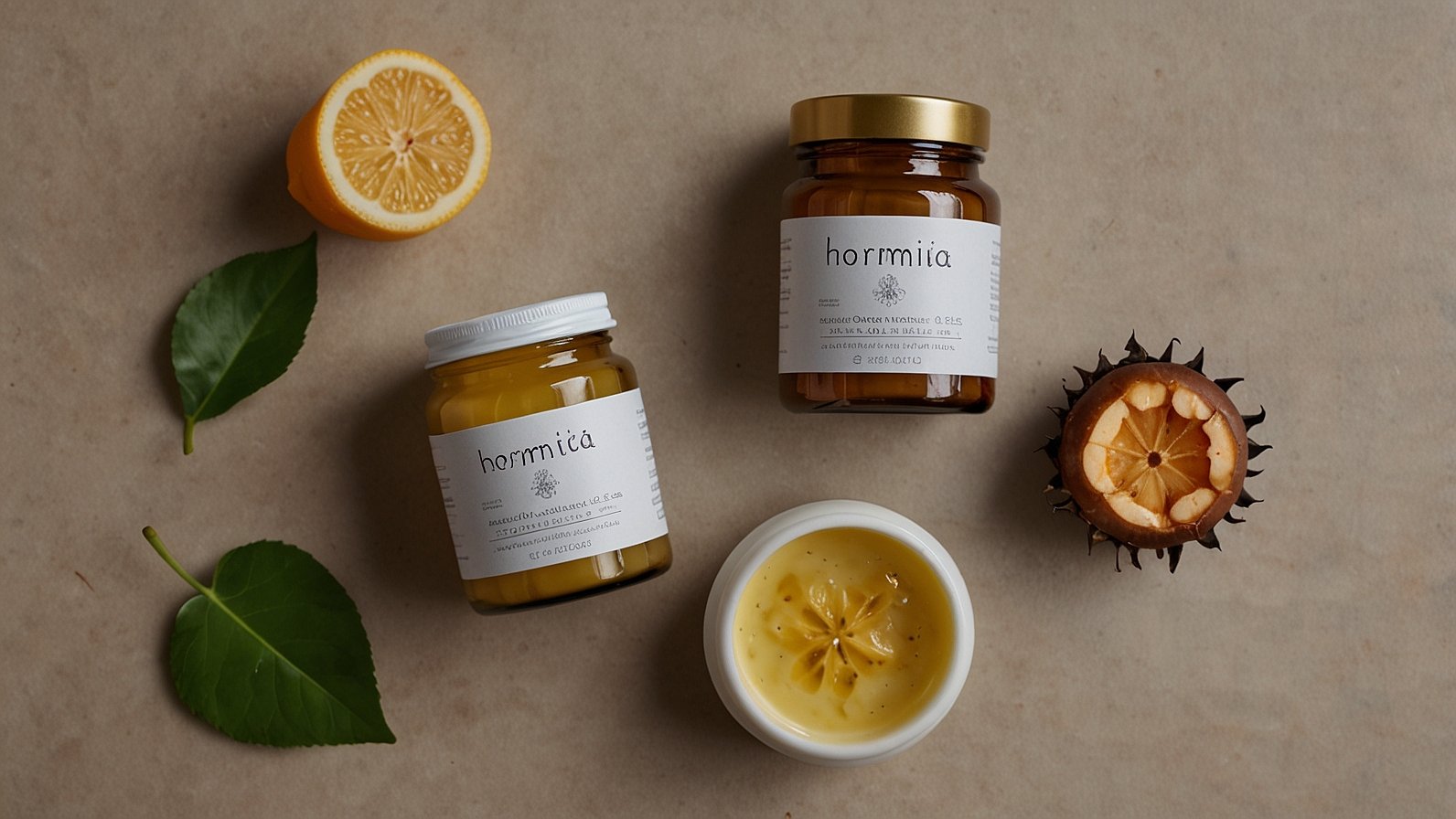The relationship between emotional health and physical well-being has long been a subject of study, but one of the most visually telling indicators of inner turmoil appears right on the face—through the skin. Stress, anxiety, and prolonged emotional distress don’t just weigh on the mind; they manifest physically in subtle and not-so-subtle ways. The skin, being the body’s largest and most visible organ, often bears the brunt of internal psychological unrest.
Scientific understanding now affirms that psychological stressors significantly affect skin health, from triggering acne flare-ups to accelerating signs of aging. When emotional turbulence becomes chronic, the body releases a constant stream of cortisol and adrenaline. These stress hormones influence oil production, inflammatory responses, hydration levels, and skin cell regeneration. Over time, the toll becomes visible: dullness, fine lines, puffiness, breakouts, and even conditions like eczema or psoriasis.
Understanding this complex interplay between the psyche and the epidermis isn’t just useful for treating dermatological symptoms—it offers a deeper insight into how lifestyle and emotional well-being must be prioritized for holistic skincare. In fact, this philosophy has shaped approaches in wellness-driven communities such as those along the Southern California coast, where beauty regimens increasingly reflect the mind-body connection.
Customized Treatments That Address Skin and Mind
When it comes to managing stress-related skin concerns, topical products alone may offer only temporary relief. Modern skin treatments now incorporate stress-mitigating techniques into their approach to address both the physiological and psychological aspects of skin damage.
In upscale coastal hubs known for luxury wellness experiences, this integrated approach has become especially refined, blending advanced skincare methods with calming therapies to restore both balance and radiance.
Among these, professional Newport Beach facial treatments are quite popular, known not only for their technical sophistication but also for their deeply calming, restorative experience.
These facials often combine high-performance ingredients with massage, aromatherapy, and lymphatic drainage techniques to provide a comprehensive treatment. The goal is not merely to exfoliate or cleanse but to reset the skin’s stress response.
With skilled practitioners paying attention to each individual’s skin condition and emotional state, the treatments become a meditative escape. Clients often report not just improved skin tone and texture but also a visible release of tension from their facial muscles.
How Stress Alters the Skin’s Biological Functions
Cortisol, the primary stress hormone, plays a crucial role in how the skin responds to emotional stress. Elevated cortisol levels stimulate sebaceous (oil) glands, leading to increased oil production. Excessive sebum can clog pores, exacerbating acne, particularly in individuals with oily or combination skin types who are already predisposed to it.
Stress also impairs the skin barrier, the outermost layer responsible for retaining moisture and protecting against irritants. When compromised, the skin becomes dry, flaky, and more susceptible to environmental aggressors. This increases inflammation and the likelihood of developing sensitivity or chronic skin conditions.
The skin’s regenerative process also slows during periods of high stress. Cell turnover, which is essential for maintaining a youthful, radiant appearance, becomes erratic. Collagen production—a key component of skin firmness and elasticity—diminishes over time, leading to sagging and fine lines.
The Psychodermatology Connection
Emerging fields, such as psychodermatology, are gaining traction by exploring the interaction between mental and emotional states and dermatological health. This interdisciplinary approach often involves collaboration between dermatologists, psychiatrists, and psychologists to address conditions that have both psychological and dermatological components.
For instance, individuals suffering from chronic anxiety or depression often experience recurrent skin issues. Conversely, visible skin problems can lead to or worsen mental health conditions. A feedback loop is established: anxiety worsens acne, and acne exacerbates anxiety. Breaking this cycle requires targeted treatment strategies that consider the root cause, not just the symptom.
Cognitive-behavioral therapy (CBT), mindfulness training, and guided relaxation are now integral components of comprehensive treatment plans for persistent skin conditions. These strategies help regulate the stress response, reduce cortisol levels, and foster behavioral changes that improve both mental clarity and skin health.
Daily Practices That Foster Emotional and Skin Health
While professional treatments and specialized interventions are effective, everyday habits play a crucial role in maintaining emotional equilibrium and radiant skin. The foundation begins with sleep. Poor sleep increases cortisol levels and disrupts the skin’s natural repair cycle, leading to dark circles, puffiness, and inflammation. A consistent sleep routine helps maintain hormonal balance and promotes optimal skin recovery.
Nutrition is another pillar. Diets high in processed sugar, caffeine, and dairy can amplify stress-induced breakouts. Incorporating antioxidant-rich foods—such as berries, leafy greens, nuts, and omega-3 sources—helps combat inflammation and provides the skin with essential nutrients to resist stress-induced damage.
Mindfulness practices such as meditation, yoga, and deep-breathing exercises recalibrate the body’s stress response. Just a few minutes of controlled breathing daily can significantly reduce anxiety levels, improve blood circulation, and restore skin vitality. These practices also help reduce unconscious habits such as frowning, furrowing brows, or clenching jaws—expressions that etch premature lines into the skin.
Hydration and skincare routines tailored to individual needs should not be underestimated. Using products that support the skin barrier, such as ceramides, hyaluronic acid, and peptides, helps protect against the external impact of internal stress. Gentle cleansing, regular exfoliation, and adequate sun protection remain cornerstones of a healthy skincare routine.
Emotional Expression and Its Influence on Facial Aging
The way emotions are expressed facially has a direct bearing on skin appearance. Prolonged sadness, anxiety, or anger often fix certain muscle groups into repetitive motions. Over time, these habitual expressions etch themselves into the face, leading to static lines.
Chronic frowning results in deep glabellar lines (commonly called “11 lines” between the eyebrows). Pursed lips, often from tension or restraint, can cause vertical lip lines. Even holding stress in the jaw creates a hardened look that makes the face appear older and more fatigued.
Smiling, laughter, and a relaxed expression—while they create their unique lines—contribute to an overall vibrant and engaging facial appearance. Emotional openness and mental flexibility not only shape personal interactions but also influence the aging process of the face.
Facial yoga and biofeedback tools are now being employed to retrain facial muscles, reduce unconscious tension, and promote blood flow to the skin. These methods remind individuals of the importance of softening expression as an act of care, not vanity.
Skin is more than a surface—it is a reflection of internal conditions. When emotional health is prioritized, the complexion becomes brighter, clearer, and more resilient. Investing in emotional well-being isn’t just therapeutic; it’s transformative for the skin.
READ ALSO: Gel Ooru – Natural Skincare Gel for Hydration & Healing










